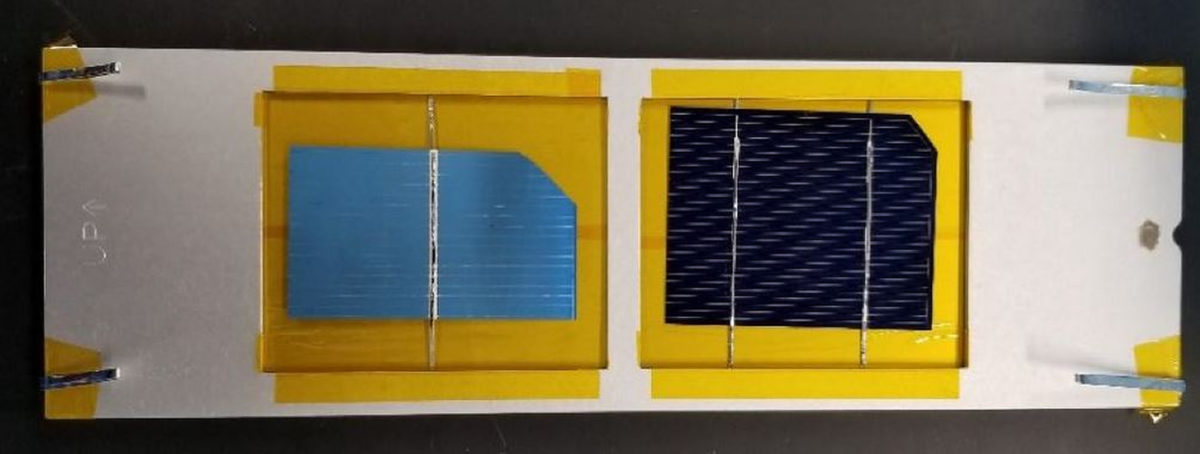Improvements to solar cell technology and manufacturing processes mean that modules can be sold today with performance guarantees for up to 30 years. They usually promise to retain 80% to 90% of their initial performance by the end of this period.
However, there are still mechanisms and interactions at work between tiny particles within a PV module. And understanding them will be key to developing cells that can generate more electricity for an even longer period. Scientists led by the US Department of Energy's National Renewable Energy Laboratory (NREL) looked at the role of UV light in some of these mechanisms, and found that in many of the latest cell designs, UV could be to blame for significant performance losses.
“Historically, the harmful effects of UV radiation have largely been associated with the aging of module packaging materials and have led to encapsulant discoloration, delamination, and backsheet cracking,” the group said. “Solar cell performance is also adversely affected by UV radiation through the generation of surface defects.”
Within a silicon solar cell, the UV light can cause damage to the passivation layers, to the silicon beneath, and at the interface between the two. The researchers tested a range of silicon cell designs under long-term exposure to UV light, to better understand damage that they could suffer in the field.
“Understanding the damaging effects of UV radiation in emerging silicon solar cell technologies will enable the identification of the underlying mechanisms that may affect both the power output and durability of modules,” they said.
They described their findings in “UV-induced degradation of high-efficiency silicon PV modules with different cell architectures,” which was recently published in Progress in Photovoltaics. Testing p-type PERC, n-type PERT, heterojunction and interdigitated back-contact cells, the group calculated average and maximum degradation rates of 0.12% per year and 0.73% per year, respectively, based on a module containing a UV-transmitting encapsulant. They also found that with bifacial cells, the rear side was more susceptible to UV induced damage.
The group noted several different mechanisms triggered by the UV that can cause damage to cells. The problem is largely related to the breakdown of hydrogen bonds that reduced the quality of the passivation layer.
They suggested a range of strategies to reduce such damage. Additives to the module encapsulant material could block UV wavelengths from reaching the cell, and low- cost materials are available to do this. However, the group warns that this could involve some discoloration of the encapsulant, resulting in initial performance losses.
Glass coatings are another way to block UV light from reaching the cell, but they require the design of a multifunctional coating material with anti-reflective and anti-soiling properties. Coatings on the front of the cell itself could also reduce UV damage.
With an average 11% power loss after 2,000 hours of UV exposure, heterojunction cells appeared to be the most vulnerable to UV damage. But the group said that more work would be needed to draw this conclusion.
“The most durable among high-efficiency cell technologies (HJ, IBC, PERC, or PERT) remains to be proven for a wide variety of makes and models of cells,” they said.
This content is protected by copyright and may not be reused. If you want to cooperate with us and would like to reuse some of our content, please contact: editors@pv-magazine.com.




15 comments
By submitting this form you agree to pv magazine using your data for the purposes of publishing your comment.
Your personal data will only be disclosed or otherwise transmitted to third parties for the purposes of spam filtering or if this is necessary for technical maintenance of the website. Any other transfer to third parties will not take place unless this is justified on the basis of applicable data protection regulations or if pv magazine is legally obliged to do so.
You may revoke this consent at any time with effect for the future, in which case your personal data will be deleted immediately. Otherwise, your data will be deleted if pv magazine has processed your request or the purpose of data storage is fulfilled.
Further information on data privacy can be found in our Data Protection Policy.